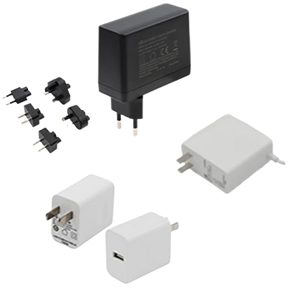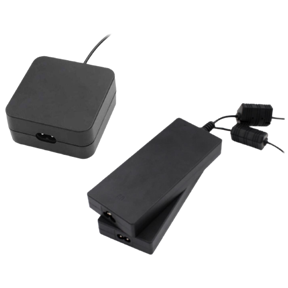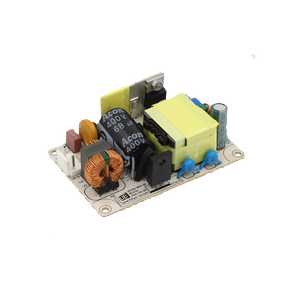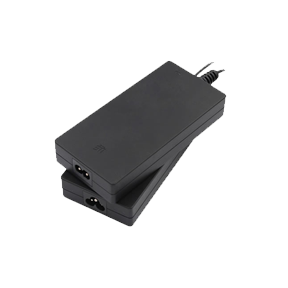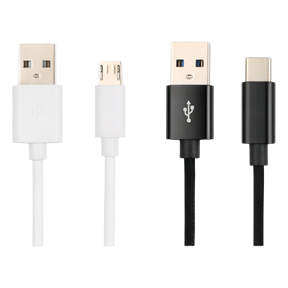Wireless charging technology and principle
In recent years, technologies related to smartphones have become more and more mature, and the technological achievements they have brought are constantly attracting attention. Just recently, a technology called "wireless charging" that was first used by the famous Nokia lumia920 has widely aroused people's curiosity and attention, and people think it is a very magical function and technology. In fact, after I searched for relevant information, I found that wireless charging technology actually appeared a long time ago, but after recent years of development, it has only become mature and easy to use now. Expanded to the field of smart phones.
Wireless charging technology, as the name suggests,is to transmit energy to electronic devices through the air to achieve the purpose of charging. The realization of wireless charging technology is mainly through three methods: electromagnetic induction charging, magnetic field resonance charging and radio wave charging. The wireless charging of the Nokia lumia920 uses electromagnetic induction charging.
First, the electromagnetic induction charging is introduced. We have learned the principle in high school, that is to say, when the current flows through the coil, a magnetic field will be generated around it. This is the electromagnetic effect discovered by the Danish physicist Oster; and when other coils without electricity are close to the magnetic field, the current will be generated, which is the phenomenon of electromagnetic induction discovered by the British physicist Faraday. Electromagnetic induction wireless charging technology combines these two ideas and uses the principle of electromagnetic induction for charging: there is a coil at the sending end and a receiving end, and the coil at the sending end is connected to a wired power supply, and electromagnetic signals are generated through electromagnetic phenomena. The coil at the receiving end induces the electromagnetic signal generated at the sending end and generates electricity through electromagnetic induction to generate current to charge the battery. Of course, there is a certain distance between the sending end and the receiving end to show the convenience of wireless charging. This power transmission distance is about a few millimeters to ten centimeters, which is relatively short, but this distance for the smartphones we usually use is enough, we only need to put the battery and the receiving device on the charging platform to charge it, eliminating the trouble of wiring. Its principle and production are relatively simple, so there are many posts on the Internet that convert mobile phones charged by wire into wireless charging.
There is also magnetic resonance charging,whose basic principle is the principle of magnetic field coupling resonance, and that is similar to the resonance of sound. It is not difficult to imagine that if the tuning forks with the same vibration frequency are arranged, one will sound and the other will resonate; in the same way, when there is current in one of the two coils adjusted to the same frequency in the magnetic field, the other one will exchange energy with it, thereby generating an electric current. According to the working principle of the wireless charger, there is a sending end and a receiving end, and the sending end is connected to a direct current, which is converted into a high-frequency AC signal through a resonant converter, so that the sending end coil generates a certain distance around it.An electromagnetic field with large high-frequency changes, and when the receiving coil is located in this electromagnetic field, the high-frequency change of the magnetic flux of the transmitting coil will generate a certain high-frequency induced electromotive force in the receiving coil, and then pass through the device at the receiving coil end , the receiving end can generate DC current to charge the battery. Magnetic field resonance charging is different from electromagnetic induction charging.It does not emit electromagnetic waves, but only forms a magnetic field around it, and consumes less power than inductive charging, and the transmission distance is longer, ranging from tens of centimeters to several meters. This technology has been applied to vehicles, maglev trains and other means of transportation, but it is only in the experimental stage.
Finally, wireless charging. Its basic principle is similar to that of early mineral radios. According to physical principles, changes in the strength of the current in the conductor at the sending end will generate radio waves, and radio waves can carry energy and transfer energy. At the same time, when radio waves are transmitted to the receiving end through space, the electromagnetic field changes caused by the radio waves will produce a resonance effect, and will generate current in the conductor at the receiving end, thereby realizing wireless charging using radio waves. At present, there are technological products that can use this principle to capture and convert the radio waves emitted by the transmitter on the socket, including the radio waves bounced by objects, into direct current, and charge low-voltage electronic products within an effective range of one meter.
Wireless charging technology still has some shortcomings, such as large energy loss, inability to support high-power charging, inability to support long-distance, large electromagnetic radiation, and potential safety hazards. But none of these can stop it from showing its charm. Just imagine, if in the future our mobile phones, computers, etc. no longer need the shackles of wires, if we no longer have to carry a lot of data cables with us when traveling far away, if electric vehicles and other traffic Tools can be charged while walking, such a life will be infinitely convenient and beautiful. I believe that in the near future, scientists will be able to solve each of these technical difficulties, change life with physics, and make life better with technology!

